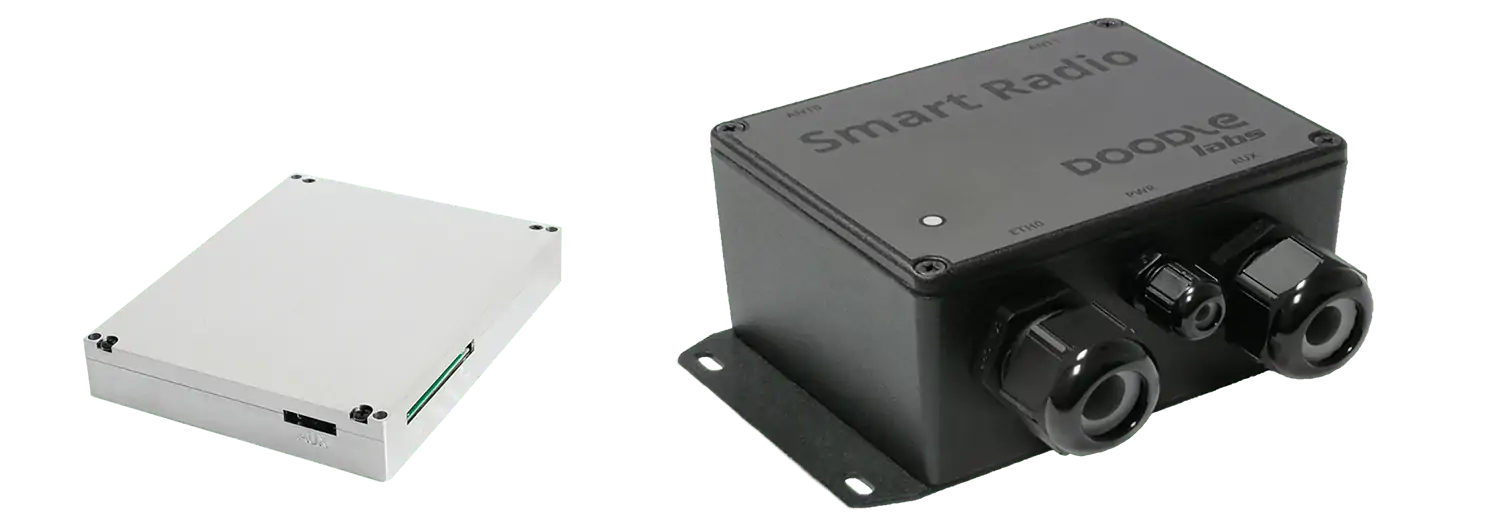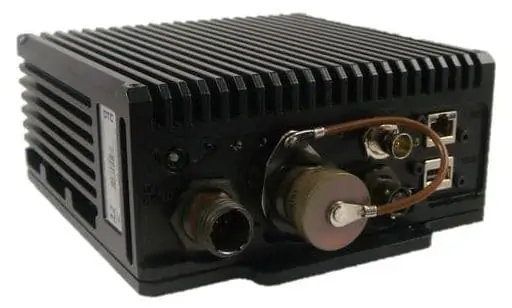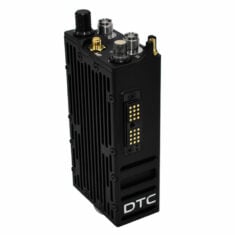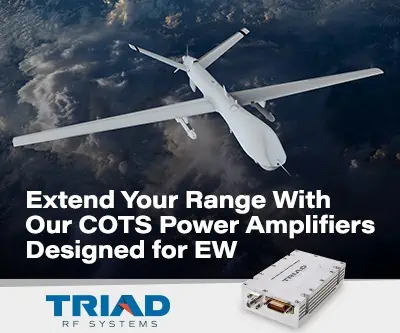Wireless Mesh radio is ideally suited to unmanned vehicles and systems as it establishes truly wireless connectivity. Wireless Mesh Networks (WMN) allow every node in a network to communicate with every other node, efficiently routing data without the need for a central master node that could act as a point of failure.
WMNs enable wireless connectivity to be spread across an extensive range. Each node functions as an independent yet connected transmitter, creating a robust network that provides flexible communications.
Meshed radio solutions can provide enhanced connectivity for all unmanned systems, for example: Unmanned Ground Vehicles (UGVs) on land, Unmanned Surface Vessels (USVs) at sea and Drones, UAVs and UAS in the air, as well as Ground Control Stations (GCS) and handheld operating devices.

Tactical Mesh Radio Applications
Capable of providing reliable and effective communication in harsh operating environments, tactical IP Mesh radio solutions are used by the military as well as by law enforcement, disaster relief and government agencies. Mesh radio is also used to enable NLOS (near line of sight) and BVLOS (beyond visual line of sight) operations.
Mesh radio systems are used to communicate mission critical data between manned and unmanned systems in challenging conditions. This is because mesh radio technology enables the efficient and secure sharing of voice, data and video communications in real time and with low latency.
Mesh Technology and Drones
Used to communicate with other unmanned systems and ground units, wireless IP mesh networks are frequently used by surveillance drones to transmit high volumes of data and video reliably and securely. Capable of self-healing, self-forming and operating on multiple frequencies, mesh radios are suited to complex operations involving multiple systems.
Drones and tethered drones with incorporated mesh radio technology are increasingly being used to establish Mobile Ad Hoc Networks (MANETs) in challenging environments such as war and disaster zones.



























